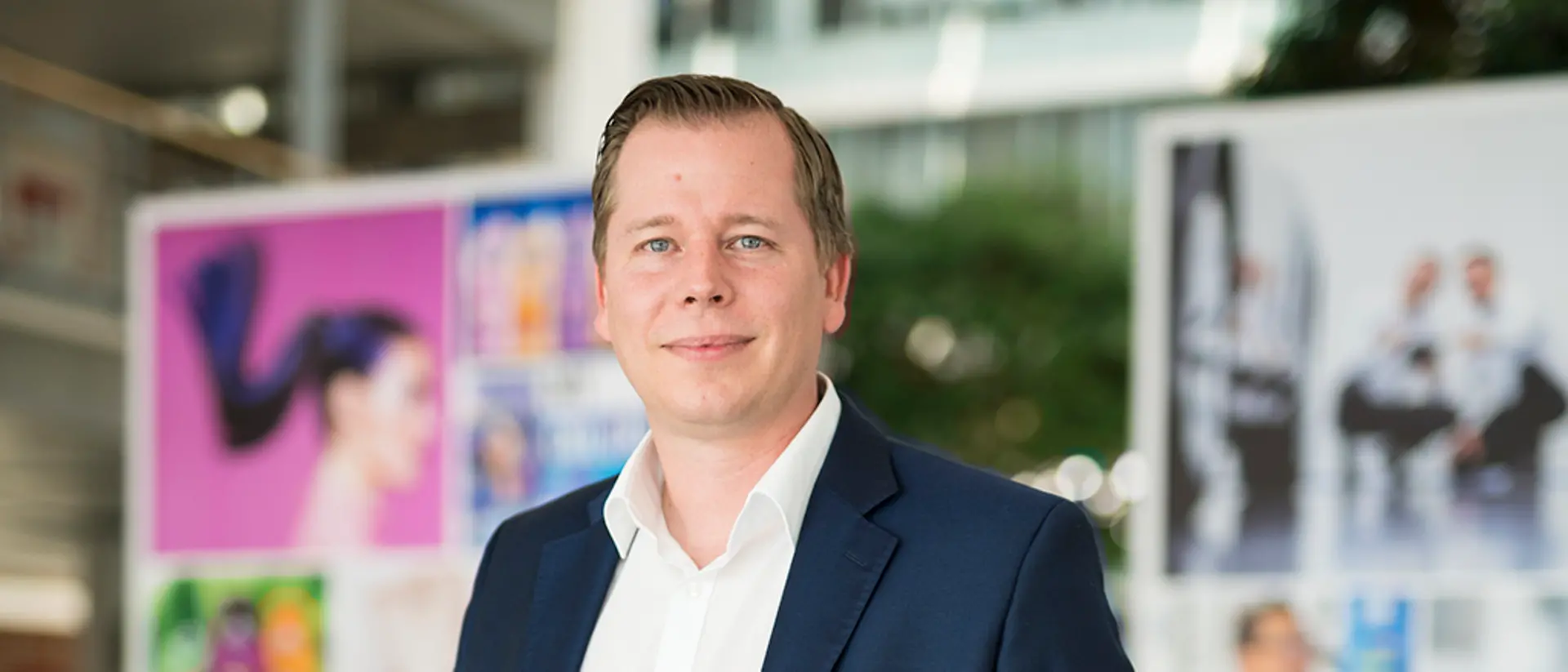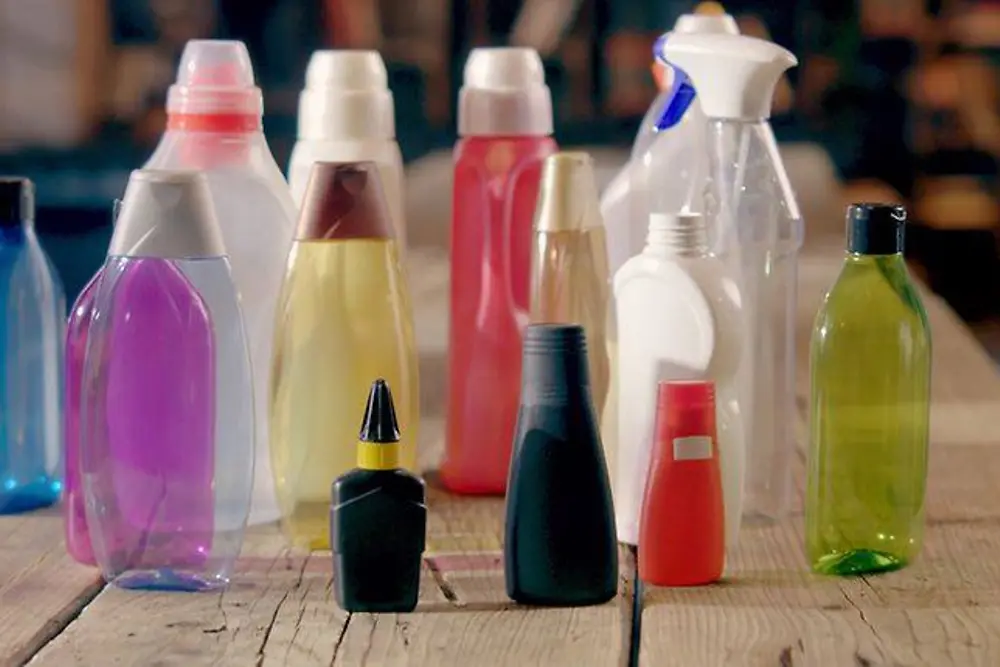Several issues have to be taken into consideration when incorporating more recycled plastic into product packaging. For instance, the properties of recycled plastic - such as its colour and odour - are more varied than those of virgin plastic. "This is something of a challenge for our supply chain, but also for the performance of our products," says Leopold.
Certain colours of recycled polyolefin plastics, for instance, are hard to source in large amounts. Recycled PET plastic also tends to be less transparent than a virgin equivalent, and may have a greyish or yellowish tinge. That poses a challenge when it comes to creating beauty products with shelf appeal. "Obviously there's a huge demand from our marketeers, and also from the consumers themselves, that the product, in terms of packaging, needs to be attractive;' says Philippe Blank, head of innovation and sustainability for Henkel Beauty Care. "It's not a solution to end up with beauty packaging that only comes in shades of grey or yellow."
In some cases, designers might add a coloured tint to recycled PET to hide the fact that it's not as transparent as the virgin kind. Sleeves that completely cover the bottle are another option. "That means you can put a lot of recycled plastic into the body:' says Leopold, "and the greyish or yellow colour of the bottle is covered by the sleeve. That's a nice example of how smart design can foster the use of recycled plastic:'
Smarter multi-layer design
Smart design is also part of Henkel's approach to making multi-layer packaging more sustainable. This type of packaging, which consists of multiple layers of film, foil, plastic or paper, is tear-resistant, lightweight and good at keeping out external factors. However, the layers are difficult to separate during the recycling process, so the packaging is often incinerated or thrown into landfill sites after use.
The padded mailers that protect e-commerce purchase during transit fall under this category of packaging. Around 20bn of them are used each year, which adds up to a heavy environmental footprint - one that Henkel engineers have helped to make a bit lighter by designing a new type of recyclable mailer. "The product that we came up with can be put straight into the paper recycling bin;' says Marcin Lapaj, global business development manager for the circular economy at Henkel. "It shows how a traditional product can be reinvented and made in a different way, with circularity as priority number one.'
Of course, Henkel isn't the only company that's trying to make plastic packaging more sustainable. In the UK, Coca-Cola bas developed new technologies that mean 100% of the packaging the company uses in its "Smartwater" bottles is now recyclable. Samsung, meanwhile, has substituted all the plastic packaging used for its products for environmentally sustainable materials such as recycled and bio-based plastics and paper. And where these companies lead others will hopefully follow, so that plastic waste becomes part of the past rather than the future.












